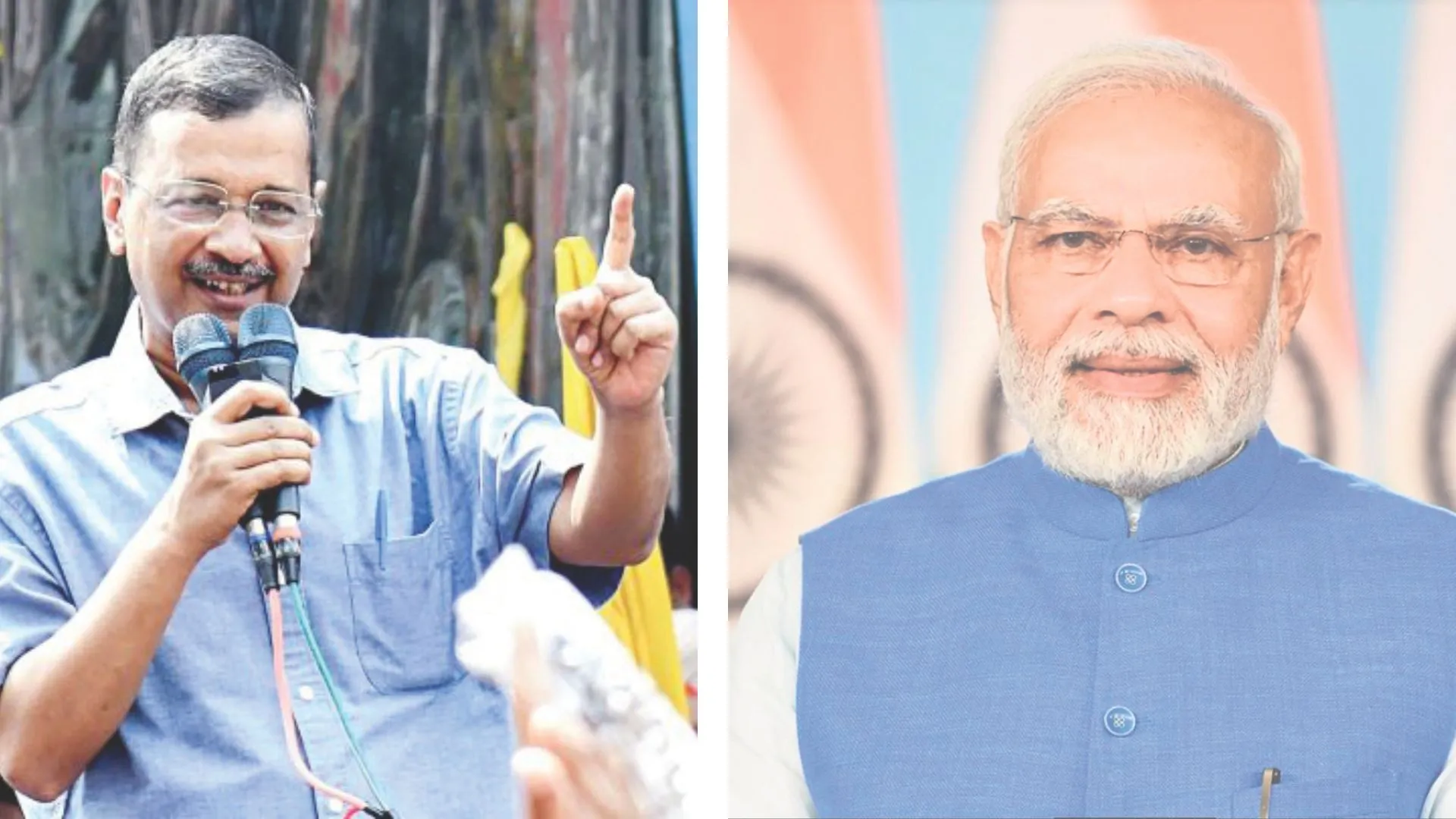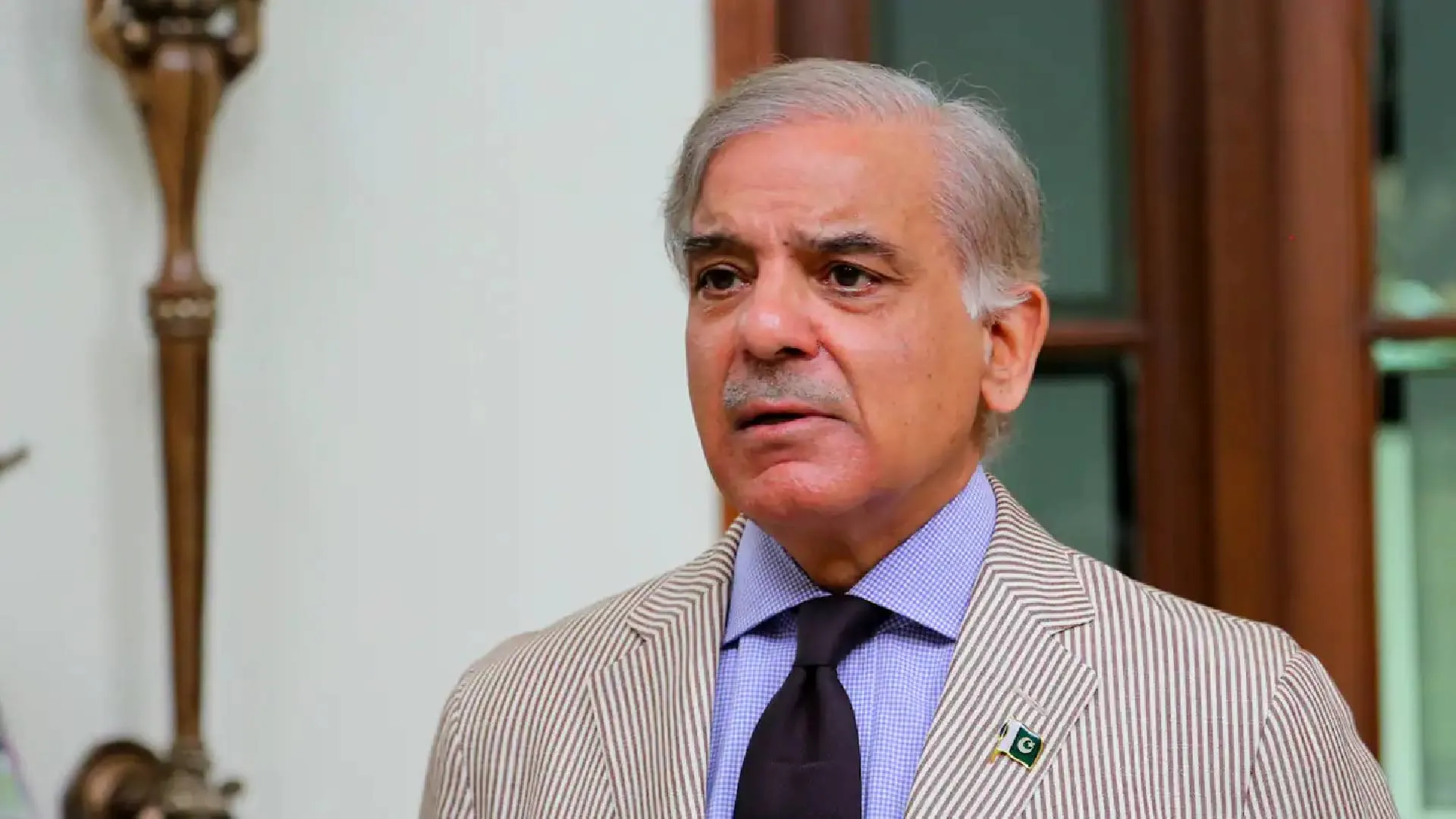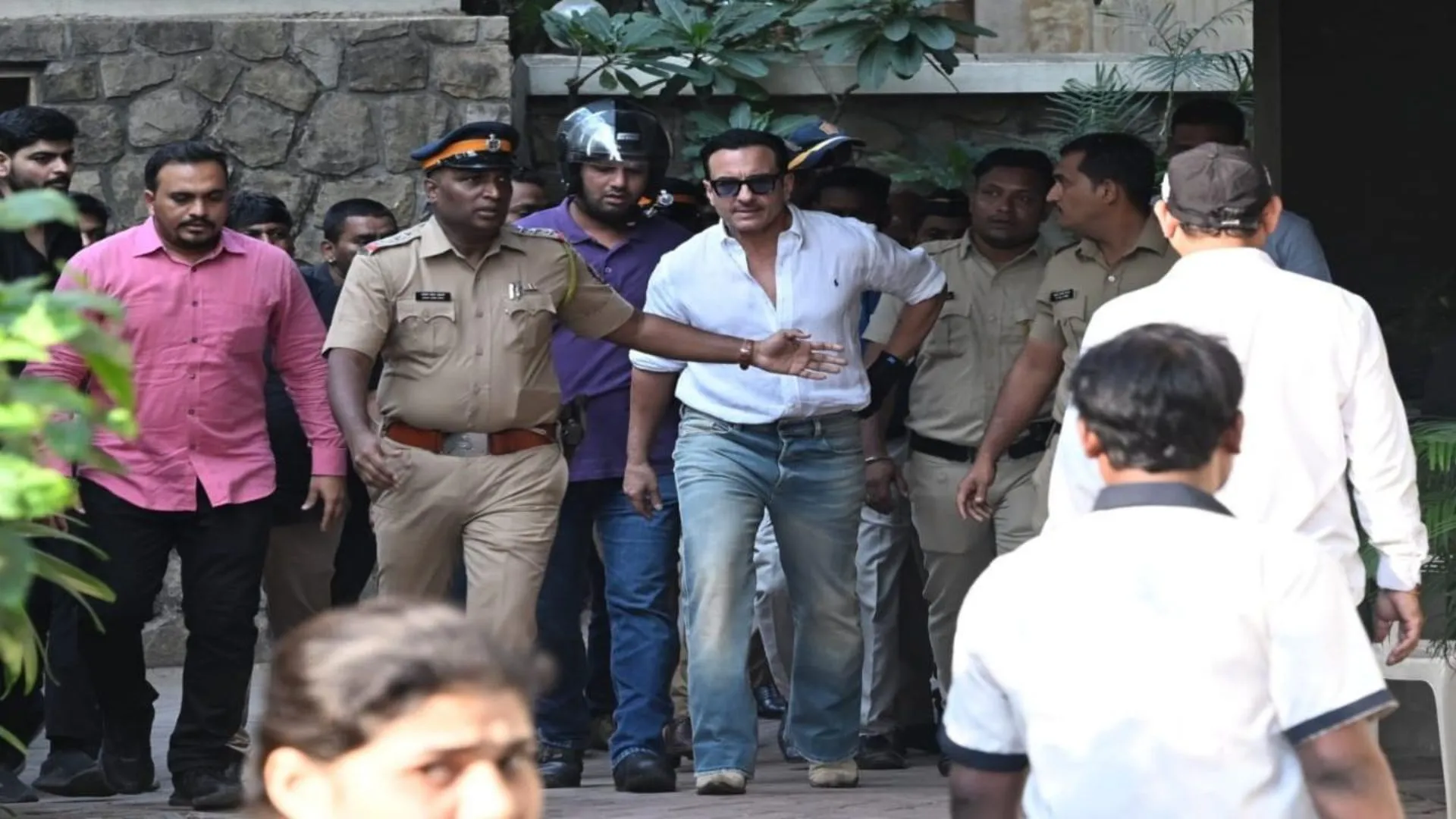We did not get the most joyful season “the Spring” this year. I am scared to believe that this may be repeated next year too. This season’s greatest offspring have defined music, poetry, songs, and dances, splashed brightest colours in festivals and community ceremonials nonetheless nature’s strongest wilderness singers forming cupid brigades for pollination such as the bees, moths, beetles and wasps are endangered today. We are proud that we did it all! Where would a man stand in the midst of this barren habitat, without food, water and safety when powerful gangs would masquerade with guns to control scarce resources in government storehouses. Today we encounter repeated heatwaves as temperatures rise even before spring starts. Cities become heat chambers and clueless cupid brigades working for us drop dehydrated and dead over cemented furnaces of cities. The privileged shut themselves indoors triggering a vicious cycle of increased air-conditioning and CFC emissions leading to power shortages and outages to deprive the poor of their single fan relief too. Would this be a beginning of an end of mankind’s scripted statuette of development being etched in environmental interference and destruction? Would disaster management sentinels rise up to the occasion and get their teeth back on defiant and careless states yet to implement heat action plans and also put in place a more holistic and coordinated climate change action plan in track with Sendai commitments. This piece discusses that while a plan on heat control is much needed, any delay in devising a coordinated strategy of environmental and disaster governance with infrastructure builders, town planners and Panchayats (local governance) may kill the action plan.
Why should we be scared of a heatwave when we have encountered it since our childhood when we consumed grandma’s inexpensive recipes of unripe mango juice(Aam Panna), roasted ground barley juice (Sattu) and onion in our pocket while walking back home from school. Every home retained a complete armoury against heatwaves. However, the current one is different as the ground and greens which balanced the season’s stroke are missing. From 2000 onwards several scientific studies had started warning that man’s interference with nature has gone so brutal that these normal heatwaves would become uncontrollably intense and more frequent. The disaster management guidelines suggest that one should start worrying only when temperatures start rising beyond 40 degrees Celsius. A decade ago it wasn’t even a worry that this could lead to our extinction, today it is. On 15th May, the temperature crossed 50 degrees Celsius in many areas of Delhi and the country’s neighbourhood of Pakistan, the Jacobabad from where dropped the kid hero of Kabir Khan’s film Bajrangi Bhaijaan. The film proved a subtle prelude to the fact that we remain and ought to remain together in our mutual efforts for alleviating human suffering. Now, that the region is on fire we would be roasted together over the furnace of our land.
Most of us are aware of the 2003 heatwave when thousands of people died in not just the northern states but also Odisha and beyond where ocean winds are said to cool the environment. In Delhi, many animal NGOs such as People for Animals (PFA) and Frendicoes SECA and in its neighbourhood Gurgaon the Walk for Animals and Habitat (WAH) were overworked in advocating and working upon a need for roadside water pots around the city and providing medical rescue teams to support dehydrating animals and birds. WAH reported to DLF and Gurgaon administration an unprecedented death of more than 1800 cattle in just two summer months within the segments of the new city alone. Their disposal and burial done with the help of DLF Security confirm the shocking numbers. The Commissioner of Gurgaon as well as the DG Haryana Police issued official orders to provide water pots for neelgais and roaming homeless cattle but finally very few actually got placed and the sensitive commissioners were transferred out. However, this administrative sensitivity was in response to belligerent animal welfare teams as it’s a stated fact that on their own no official is ever trained to respond to anyone’s suffering which falls within their powers to address. One night at around 11 pm as I was driving back home on what is known as Maulsari Avenue of DLF Gurgaon today, a poor, tattered weeping man with a small child in arms approached me. He wanted a lift in the car to bury the dead baby, he was a migrant labourer who knew nothing about the city and the next morning the contractor would whip them to a tractor for a construction site. He could not even wait till the morning to bury his dead child. This was one of the many heatstroke deaths which went unaccounted for in the city’s records. The district administration left developers free to exploit these magnificent builders of the millennium city.
In 2008, during an indispensable summertime research trip to the Bundelkhand region, I was introduced to a structural malaise that prevented development. The district office was located almost 100 kms from villages, connected through a single potholed and rocky road, passing through massively deforested areas and over a drying Betwa river through a dangerously dilapidated 8 ft broad bridge. I saw the single bus that helped travelling was mostly over-stuffed and drivers often asked villagers to get off and walk as they cautiously drove over the fragile piece over the river. The villagers mostly compromised to fate, and silently followed these instructions. I found them numb even what appeared ghastly and brutal for any civilized society. These were corpses of dead animals and also a few humans who died of heat and lack of water while walking through this heat. It was 50 degrees on the day when my team drove to the interior of this arid dry rocky forest and saw foot travellers gasping for breath and water. No official ever cared for this heat as the district office had coolers, drinking water, and refrigerators. Moreover, it was an accepted season-specific aberration and officials accepted local village residents from the Madhya Pradesh side of Bundelkhand as highly resilient people who could beat the heat. The dead were never on records as neither the officials or the news reporters ever reached there during summertime. There are innumerable tales of heatstroke deaths that relate to decision maker’s apathy and lack of vision for environmental management. Denotifying forest areas, license to cut trees, cementing water bodies, and construction of avoidable roads continue unabated even today. Nature’s early warnings have gone unheard resulting into much longer and more frequent heatwaves. Climate change was happening but it’s a shame that the country’s administration despite the knowledge could do nothing against the conceitful greedy eyes of a politician, on the contrary, most administrators join the politician in the loot and then blame local people. One can confidently cast serious doubts on the selective nature of scientific data that defines a heatwave in India? A social scientist’s data which is effectively suppressed by governments reveals ground reality. Climate change has exacerbated the impact of heatwaves manifold only due to administrative negligence, apathy, corruption and their inability to take just one step beyond a call for duty.
National Disaster Management Authority (NDMA) initiated ‘Guidelines on preparing action plans against heat waves’ as late as in 2016. The Paris Pact under the aegis of UNFCCC in 2015 was a major initiative to combat dangerous human interference with the climate by stabilizing greenhouse gas concentrations in the atmosphere and bringing global warming down to a preferred 1.5 degrees Celsius compared to pre-industrial levels. The heatwave was still to be considered a disaster even though the rising frequency of heatwaves was an indicator that unless Sendai priorities were taken along with the Paris Pact commitments, no country could ever turn development in its favour and achieve the SDGs by 2030. The NDMA revised its heatwave action plan in 2017 and again in 2019 produced a Report ‘Beating the Heat’ which admitted that despite more than 24,223 deaths across the country between 1992 and 2015, country lacked a national-level strategy or vision to tackle heatwave as a disaster. This annual toll due to heatwaves is rapidly rising every year and countless non-human species who fall victim to it are not even accounted in records. The government however agreed that with effective planning, coordination and implementation much damage and loss could be avoided. Yet, where is this coordinated effort?
Pollution of air and water need to stop on a war footing if heat waves are to be tackled in a mission mode. A 2021 Lancet Planet Health Study on ‘Health and Economic Impact of Air Pollution in the States of India: Global Burden of Disease Study 2019’ reports a very high increase of 115.3% and 139.2% in ambient particulate matter and ambient ozone pollution respectively in the preceding two decades. Nonetheless, a total of USD 36.8 billion or almost 1.36% of India’s GDP was lost due to premature deaths and morbidity to air pollution which in fact was highest in low per capita GDP states of UP, Bihar, Rajasthan, Madhya Pradesh and Chhattisgarh. Another study by Lancet Commission on pollution and health 2017 mentions 9 million deaths and USD 4.6 trillion losses globally due to pollution in 2015 but 92% of it occur in low and middle-income countries. To tackle heat waves, one needs to primarily put a stop to tree felling and constructions over green areas and water bodies. Water harvesting exercises need to go on a wider national scale and filling up ravines, natural ponds or wilderness and wasteland rechargesheds by government, developers or individuals should be treated as environmental crimes with strict penalties by the National Green Tribunal (NGT). The District Town and Country Planner in cities and Panchayat Pramukh in villages should be accountable directly to the NDMA. The Disaster Management Act 2005 has provisions to adopt this design in implementing decisions.
As far as the Ministry of Environment, Forests and Climate Change (MOEFCC) is concerned it sees no problem, it is like a monk distracted from its cell of contemplation which sees no evil in any inaction! It displays an increasing tree cover in its data but ground reports are different. The northeastern states have undergone a massacre of their forest wealth, especially Nagaland and Mizoram yet the government is not ready to engage in debates related to forests and climate change in international forums and considers deforestation as part of its domestic priorities. The Global Forest Watch has already exposed government claims to present data that suggests a loss of 349 Kha or 3.4% of humid, pristine, primary forests by 2020. The expert committee of the UNFCC also found the government data to be “not accurate”. It is also mind-boggling to know that during Covid when people were shut indoors due to lockdowns, India lost 14% of its tree-cover but more shocking is the loss of 12% of primary rainforests in 2020 alone. Experts suggest that this amounts to 2.64 Gt CO2 of carbon emissions equivalent to an annual emissions of 570 million cars. Then, what heatwave are we planning to prevent? The government will keep giving Grandma advice like it did during Covid for banging utensils, such as to stay indoors, drink water, and stay cool. What advice can we find for the homeless millions as humans and animals who need our urgent attention?
Any action to prevent heatwave has to work in the direction of a Climate-resilient development which is possible only when governments, civil society and the private sector work in a symbiotic relationship based upon equity and justice. The SAARC Agreement on Rapid Response to Natural Disasters (SAARND) 2011 should be revived by putting every other neighbourhood displeasure or conflict aside. These regional partnerships should be strengthened by enabling political leadership, institutional cooperation, and raising financial and other resources, including climate services, early warning research and development. Structural vulnerabilities of heat waves can be reduced by an inclusive climate change framework in law and governance. A locally appropriate solution is always sustainable but the communally divisive environment of today prevents decentralization, trust, and confidence-building measures through panchayats and local communities in partnerships. Government should focus on an agenda of harmony and faith.
On this Environment Day, let us not talk about data and statistics, the load of which is already sinking our ship. Let us craft a practical theology of wilderness. With theology I do not mean religion or communitarian or structural, aspects of policies but a study of divine in nature, an authentic individual in a natural world by drawing a relationship with humanity, immortality, and salvation not orthodoxy of mono-cultures of beliefs which are fatal to any diversity or opposed to the wilderness. As Thoreau wrote, “what do we do with a man who is afraid of the woods, their solitude and darkness?” “What salvation is there for him”? The philosophy of wilderness is a realization of eclectic living that melts orthodoxy, divisiveness and hierarchies which kill nature. For such a person God is Nature and this belief helps humans to stay away from most soul-wearying, debilitating vices which nibble our natural self. Of all the knowledge we truly stand forth, we remain mournful of our existence simply because we do stand forth beyond the frontier of knowledge, and so we need to find out more than ever before where we stand forth in this big earth which is our habitat. Most humans have selected the option of ‘eternal death’ by being cut off from nature. Immortality comes in learning to live with nature. Everytime, such a person is born, to quote my favourite author of wilderness, Henry Bugbee, “It seems to me that ….. the wilderness is born anew: and every time I am born it seems to me that, then, …..I could be content to die.”
The author is president of Network Asia Pacific Disaster Research Group, Senior Fellow at the Institute of Social Sciences, and former Professor of Administrative Reforms and Emergency Governance at JNU. The views expressed are personal.























